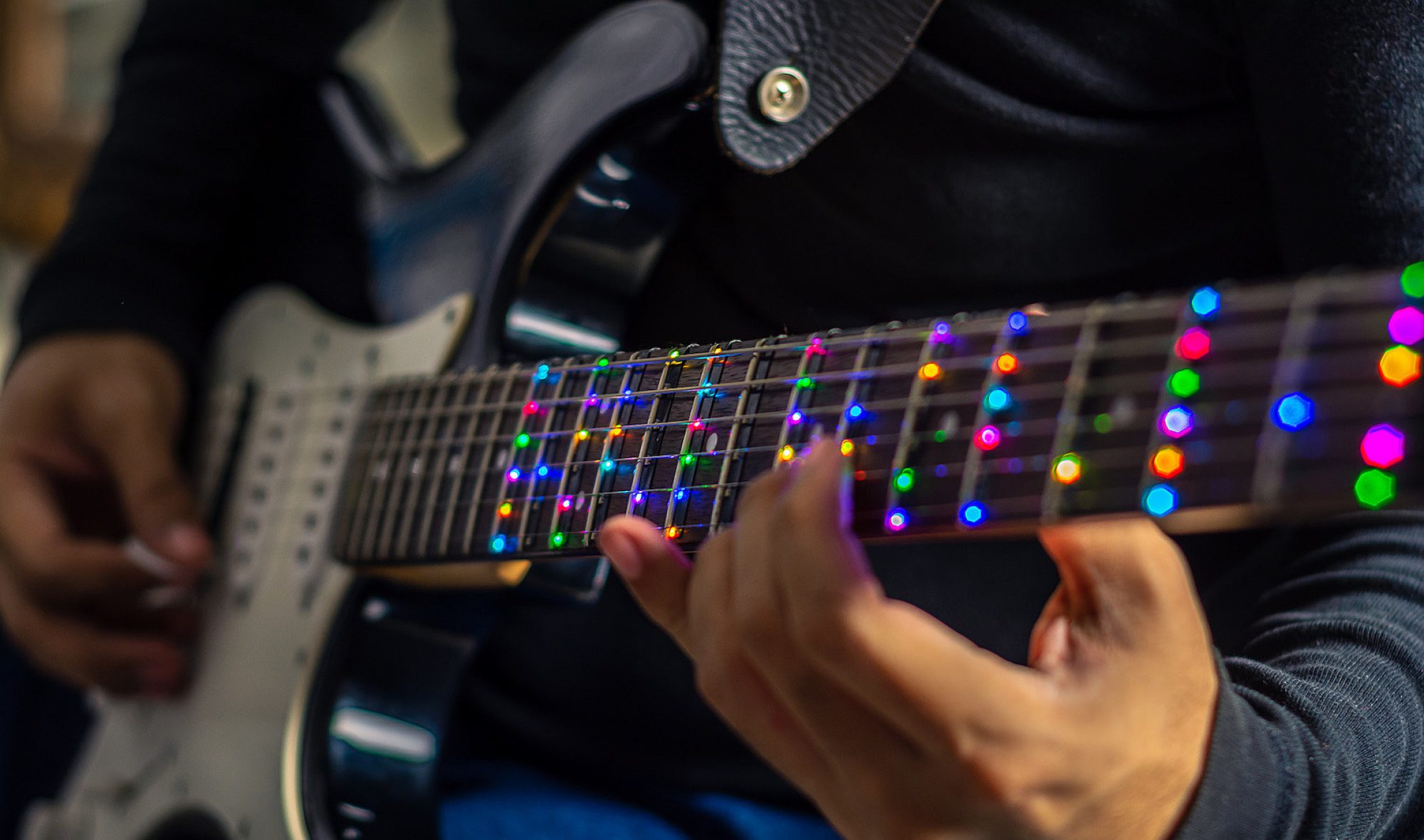Currently, the most significant risk to the project is the functionality of the fretboard PCBs used for finger placement sensing. The issue is that the D-flip-flop shift register is not working as expected and as such, the finger placement sensors are not functioning. Tushaar and Owen have spent around 6 hours working together to resolve the issue, along with Owen working to solder new boards and resolder the existing ones to little avail. Owen believes that he may have a fix for it, but if not, we have a contingency plan for running individual wires to each fret. While not ideal, this approach is simpler and less error-prone. The Pi Hat PCB has been designed with enough GPIO pins that will be feasible. Since the fretboard PCBs have been delayed due to this, we may use some budget to have shipping on them expedited in to ensure that we have sufficient time for assembly of the system.
The main change to the system block diagram is that we are planning on shifting the strum detection from an audio-based system to detecting the electrical contact between the pick and the string. This addresses the previous issue of being able to detect which string is strummed and increases the accuracy of the strum detection system by reducing false-positive detection of strums. This will also reduce the complexity of the system by enabling the firmware to not handle the strumming as an interrupt, but rather read it in during the system’s main loop.
In terms of schedule changes, the main change is that Tushaar and Owen are slightly delayed by the issues with the fretboard finger sensing. The cutoff time for switching to the contingency plan of class time on Monday will enable us to stay on track though, especially considering the contingency plan is easy to execute both in hardware and firmware.


The main progress this week was Owen ordering the Pi Hat board, Ashwin making progress on the web interface displaying notes, and Tushaar making progress on the Teensy state machine.
